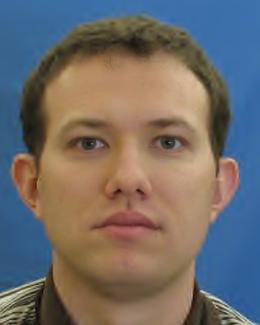Abstract
The Covariance Matrix Adaptation Evolution Strategy (CMA-ES), a powerful optimization algorithm that mimics the process of evolution in nature, is applied to the inverse transport problems of interface location identification, source composition identification, and material mass density identification (both separately and combined) in cylindrical radioactive source/shield systems. The energies of discrete gamma-ray lines emitted by the source are assumed to be known, while the uncollided line fluxes are assumed to be measured at points external to the system. CMA-ES is compared to the Levenberg–Marquardt method, a standard gradient-based optimization algorithm, on numerical test cases using both simulated data that is perfectly consistent with the optimization process and with realistic data simulated by Monte Carlo. Numerical results indicate that the Levenberg–Marquardt method is more adept at problems with few unknowns (i.e. 3), but as the number of unknowns increases, CMA-ES becomes the superior strategy. Results also indicate that a parallel version of CMA-ES would be more robust than, and have competitive run times with, the Levenberg–Marquardt method for many inverse transport problems.


